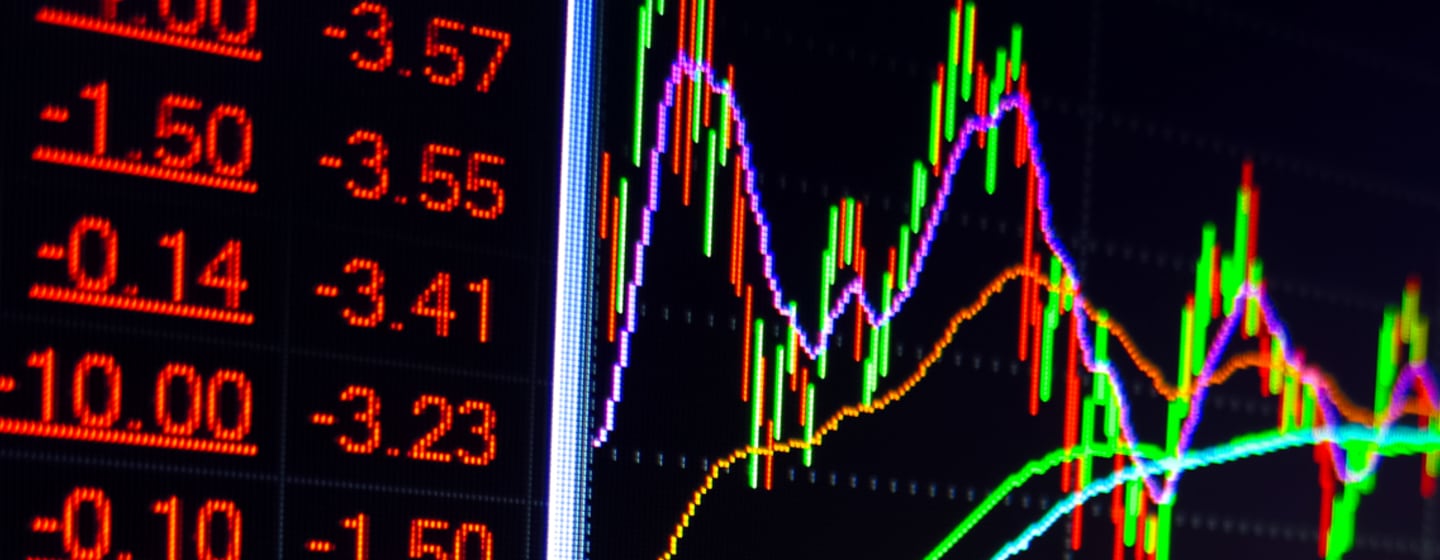In their latest report, Swift and the European Fund and Asset Management Association (EFAMA) highlight a growth in automation rates for cross-border fund orders that rose to 89.4% during the first half of 2018
EFAMA, in cooperation with Swift, published a new report about the evolution of automation and standardisation rates of fund orders received by transfer agents (TAs) in the cross-border fund distribution centres of Luxembourg and Ireland during the first half of 2018.
Read on to learn more about their key findings.

Progressing towards greater automation
The mid-year report, which surveyed 28TAs from Ireland and Luxembourg combines the data from both countries into a single cross-border fund processing report. It provides statistical evidence on the advancement of automation and standardisation rates of cross-border fund orders in which ISO 20022 has a part to play.
According to Janice E. Chapman, Manager, Investment Funds, Standards at Swift, “More and more parts of the funds business are adopting an automated approach with ISO 20022 message standards and with the advent of an enhanced ISO 20222 funds reference report message in 2019, this will, indeed, complement this continued growth.”
The report also provides data on standardisation levels of fund orders in Italy.
Regulation will drive standardisation
For Peter De Proft, EFAMA Director General, “The success of both UCITS and AIFs reflects the investors’ interest in these products and the ability of fund managers to improve their competitiveness, notably by eliminating manual processes, which are costly and subject to operational risks.” In addition, De Proft indicates that the regulatory landscape will influence the adoption of standardised processes.
Looking forward, the European Commission’s ambition to tackle remaining barriers to the cross-border distribution of funds will contribute to further support investor demand and will make fund processing standardisation even more important.
| Key highlights of the report |
|---|
|


